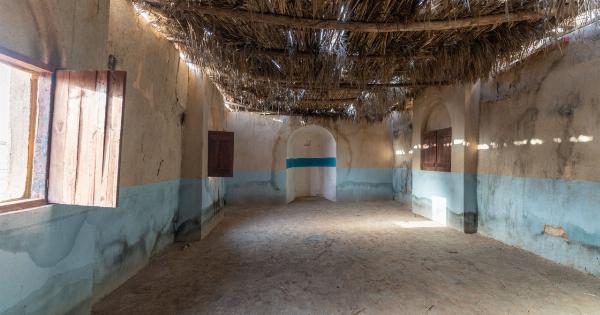Cancer is a global health concern, affecting millions of individuals worldwide. However, the burden of cancer is not evenly distributed across societies, and significant disparities exist in terms of incidence, mortality, and survival rates.
The International Agency for Research on Cancer (IARC) has undertaken extensive analysis to understand and address these disparities. This article explores the findings of the IARC analysis regarding disparities in cancer across societies.
Regional Disparities
The IARC’s analysis reveals stark differences in cancer rates between different regions of the world. Developed countries generally experience higher overall cancer incidence rates compared to low- and middle-income countries.
This discrepancy can be attributed to various factors, including differences in healthcare access, lifestyle choices, exposure to risk factors, and early detection and prevention efforts.
Income Disparities
Income disparities also play a significant role in cancer outcomes. Low-income individuals often face greater challenges in accessing timely and quality healthcare services, leading to delayed diagnosis and treatment.
This results in higher mortality rates and poorer overall survival. Additionally, socioeconomic factors such as education, employment, and lifestyle choices further contribute to disparities in cancer incidence and outcomes.
Gender Disparities
The IARC’s analysis also highlights notable gender disparities in cancer across societies. Certain types of cancer, such as breast and cervical cancer, predominantly affect women.
Lack of awareness, limited access to screening programs, and cultural barriers hinder early detection and effective management in many societies, particularly in low-income regions. Targeted interventions and comprehensive women’s health programs are crucial in reducing these disparities.
Ethnic Disparities
Cancer disparities are not only evident between countries but also within societies. Ethnic minorities often experience higher cancer incidence and mortality rates compared to the general population.
Socioeconomic disadvantages, limited healthcare access, cultural beliefs, and language barriers contribute to these disparities. Culturally sensitive approaches, community engagement, and targeted interventions are essential to address these inequities.
Risk Factor Disparities
The prevalence and impact of various cancer risk factors vary across societies, leading to disparities in cancer outcomes.
Tobacco use, unhealthy diets, physical inactivity, and exposure to occupational and environmental carcinogens are key risk factors for cancer development. The IARC’s analysis reveals that societies with higher rates of tobacco consumption, poor dietary habits, and inadequate workplace safety regulations experience higher cancer burdens.
Efforts to reduce these risk factors are imperative in minimizing cancer disparities.
Healthcare Disparities
Disparities in healthcare resources, infrastructure, and services significantly contribute to variations in cancer outcomes.
Access to timely and accurate diagnosis, appropriate treatment modalities, and supportive care significantly impact patient outcomes. Low- and middle-income countries often face resource limitations, leading to inadequate cancer control measures.
Strengthening healthcare systems, improving infrastructure, and enhancing training programs are vital for reducing healthcare disparities in cancer.
Early Detection Disparities
Early detection plays a crucial role in improving cancer outcomes. However, disparities in access to cancer screening programs exist across societies. Many low- and middle-income countries lack comprehensive screening programs due to resource constraints.
Additionally, limited awareness and cultural beliefs can deter individuals from participating in screening initiatives. Increasing accessibility and awareness of cancer screening, as well as implementing appropriate surveillance programs, are essential in reducing early detection disparities.
Survivorship Disparities
Disparities in cancer survivorship also exist across societies. Access to follow-up care, rehabilitation services, and psychosocial support significantly impact survivors’ quality of life.
Low-income individuals often face financial challenges in accessing post-treatment care and experience a higher risk of recurrence and comorbidities. Survivorship programs encompassing holistic care and addressing the specific needs of diverse populations can help reduce survivorship disparities.
International Collaboration
Addressing disparities in cancer outcomes requires international collaboration and cooperation. The IARC acts as a global platform, facilitating the exchange of knowledge, expertise, and best practices across societies.
Collaborative efforts in research, capacity building, and policy development help identify and implement effective strategies to reduce cancer disparities. Sharing successful experiences and lessons learned promotes equitable access to cancer prevention, early detection, treatment, and supportive care services.
Conclusion
The IARC’s analysis underscores the significant disparities in cancer across societies, manifesting as variations in incidence, mortality, and survival rates.
These disparities are influenced by factors such as regional differences, income levels, gender, ethnicity, risk factors, healthcare resources, early detection, and survivorship. Addressing these disparities requires a comprehensive approach involving international collaboration, policy reforms, improved access to healthcare services, targeted interventions, and culturally sensitive strategies.
By addressing cancer disparities, societies can ensure equitable access to quality care and improve outcomes for all individuals.


























